EV Charging for Albury-Wodonga
Reliable EV Chargers for Homes in Albury-Wodonga – Local Installation Experts
Electric vehicle use is quickly growing across Albury-Wodonga.
Electric vehicle use is growing fast across Albury-Wodonga. Solar Integrity provides expertly installed EV chargers, tailored to meet local energy needs, with options for solar integration and battery storage.
Originally focused on On-Grid and Off-Grid solar installations for the NSW/Victorian border region, we have expanded to include home storage batteries, eco-friendly hot water systems, and EV chargers. Now, Albury-Wodonga residents can take advantage of our complete energy solutions.
We install both single-phase and 3-phase EV chargers across Albury-Wodonga, ensuring compatibility with your home’s existing electrical infrastructure. So if you consider getting an EV, make sure you charge it economically via the power of the sun and an EV charger from Solar Integrity.
Solar integrity are your trusted partner in a sustainable and energy-efficient future.
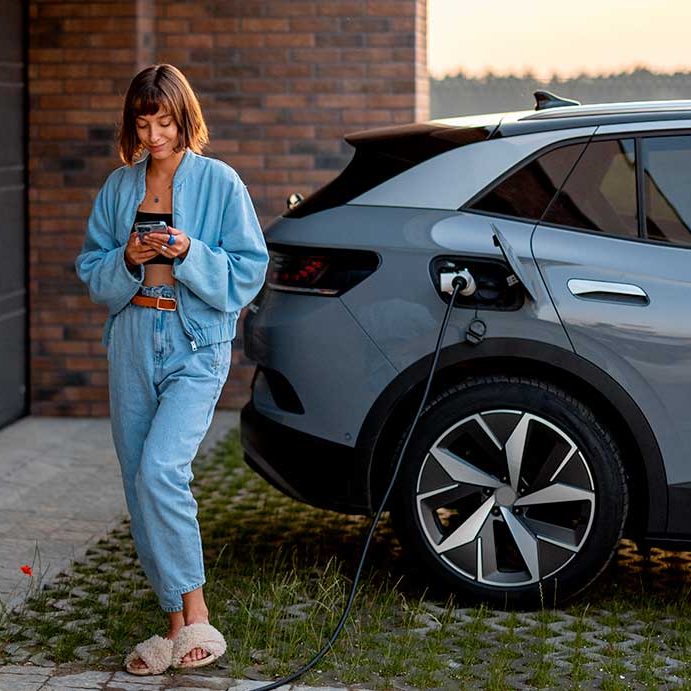
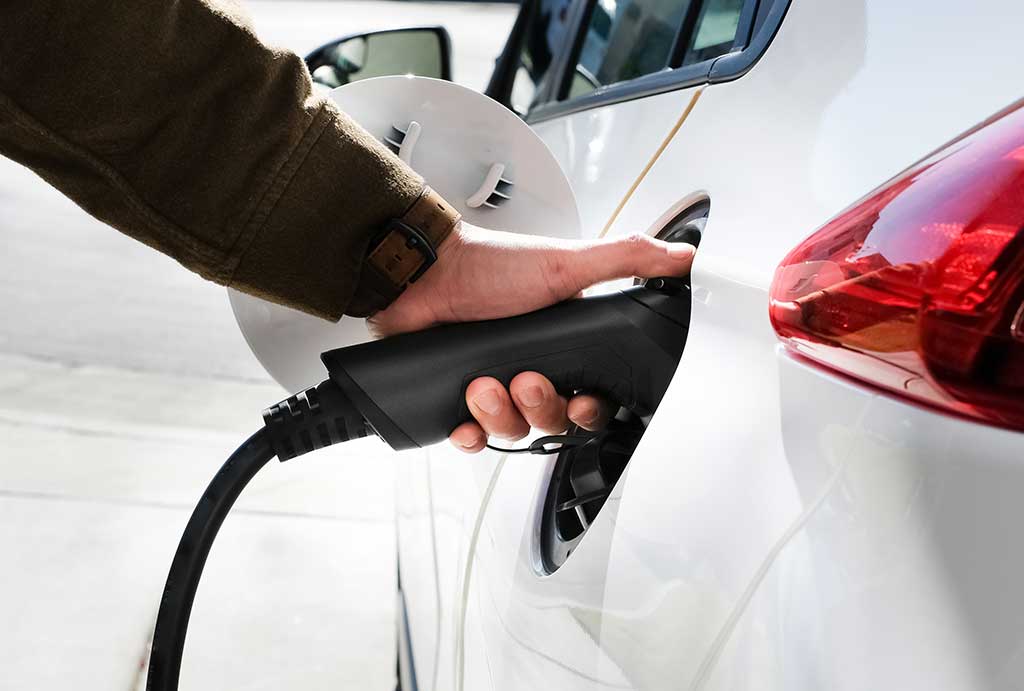
Why Choose Solar Integrity for EV charger installations in Albury-Wodonga?
Solar Integrity is a trusted local provider, known for high-quality installations individually tailored to our customer’s needs. Our in-depth knowledge of the Albury-Wodonga region, the weather and road conditions ensures you receive optimal solar and EV charging solutions, maximising energy capture to power both your home and electric vehicle.
Plus, our reliable year after year after-sales support guarantees peace of mind for system maintenance, technical upgrades and expansions.
The journey towards solar powered EV charging begins with the installation of a reliable and efficient EV charging solution.
Our team at Solar Integrity knows the Albury-Wodonga region inside and out. We’ll analyse your home’s energy needs, electricity usage, and the potential energy output from your existing or new solar & battery system to find the ideal EV charging solution for you.
When it comes to Electric Vehicle (EV) charging, the right installer can make all the difference.
It’s this local knowledge that sets us apart and ensures that your EV charging solution is perfectly tailored to your unique requirements.
Call Solar Integrity for all your questions about EV charging.
Maximise EV charging’s financial benefits
Pairing your new electric vehicle with a solar system and potentially a home storage battery ensures your Electric Vehicle runs to a large degree on renewable energy, lowering your carbon footprint while reducing your travel cost significantly. When you consider many petrol vehicles demand over $2500 annually in petrol cost alone, driving for free from the sun is great for your wallet.
Lower EV costs and boost energy efficiency by combining an EV charger with solar and home battery systems. Albury-Wodonga residents can enjoy reduced travel costs and grid independence with a complete solar solution.
When you consider many petrol vehicles demand over $2500 annually in petrol cost alone, driving for free from the sun is great for your wallet.
With Solar Integrity’s expertise, you can align your home energy system to support efficient EV charging in Albury -Wodonga or anywhere within 100 km from this location, and cutting dependency on the electricity grid, especially during peak times, when the electricity rates can sting.
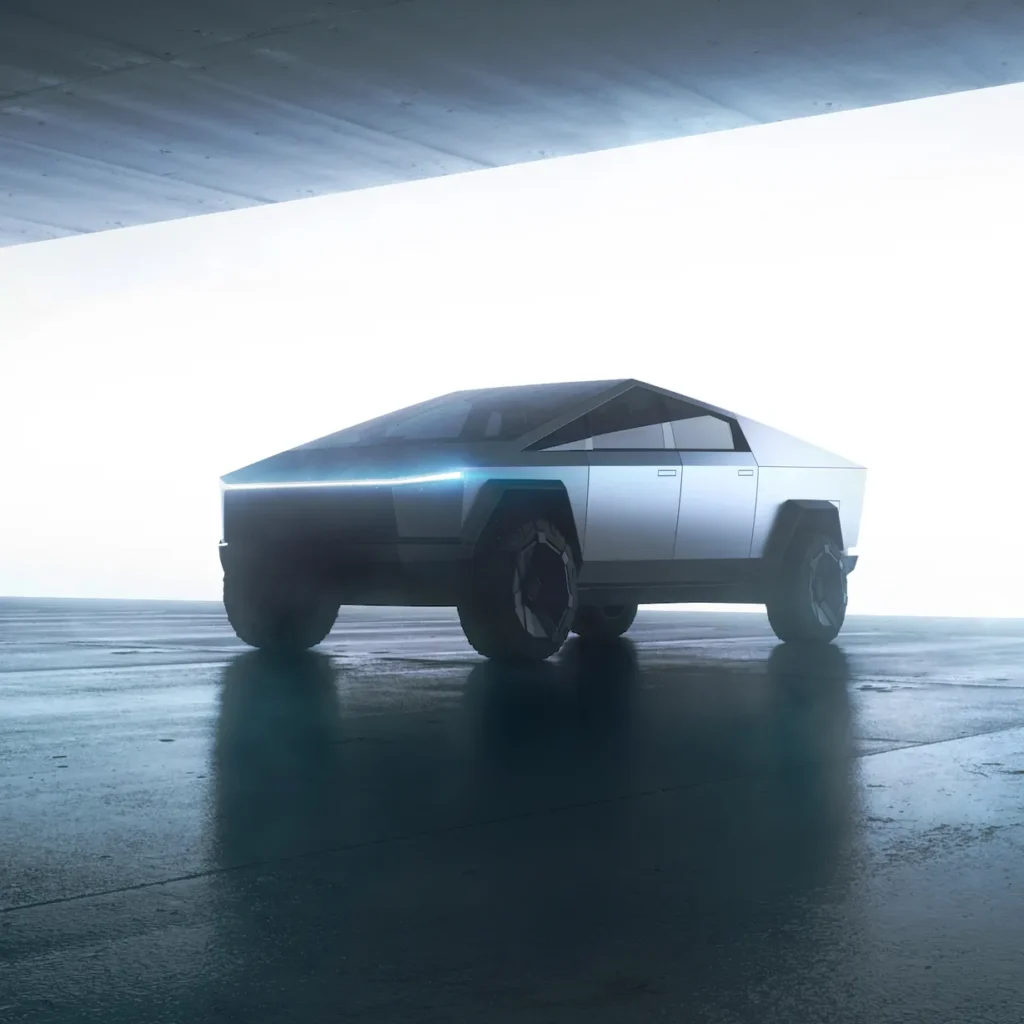
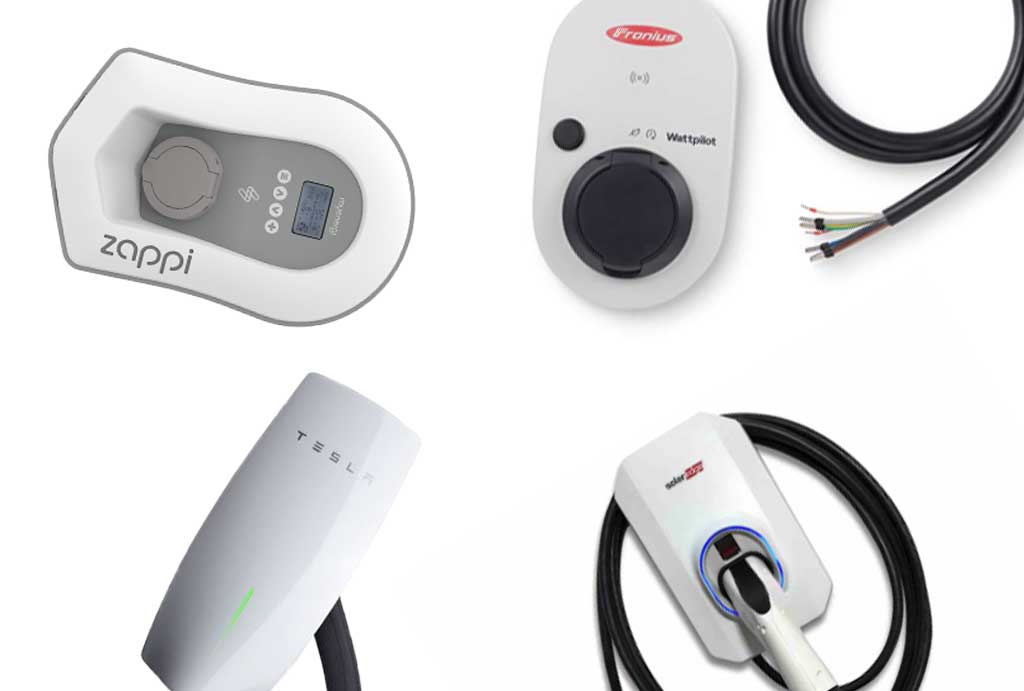
We offer a wide range of EV chargers for Albury-Wodonga Residents
Albury-Wodonga Tesla owners can rely on the Tesla Wall Connector for fast, solar-powered home charging with expert installation by Solar Integrity.
This charger integrates smoothly with your solar system, ensuring your EV charges when solar energy is abundant.
Another great option is the Zappi Charger, which intelligently diverts excess solar energy to your car, optimising solar usage and minimising grid reliance.
Here are some common types:
Level 1 Charger: Suitable for overnight charging at home.
Level 2 Charger: Ideal for daily use and faster charging.
DC Fast Chargers: Commercial Public stations for quick charging on the go.
We help you select the right charger based on your driving habits, home energy infrastructure and likely energy usage.
Pairing solar with an EV charger from Solar Integrity cuts EV costs, boosts home energy efficiency, and supports a local clean energy business in Albury-Wodonga.
With federal support for new fast EV charging stations, Albury-Wodonga is well-positioned to embrace the electric future. Stay ahead of the curve with Solar Integrity’s locally installed chargers.
While only about 10% of vehicles on the road are EVs currently, the expansion of the national charging infrastructure will soon change that.
Luckily there are now ongoing projects funded to assist in the roll out of such a network. For example close to 120 fast EV chargers are being rolled out on national highways, with plans to position electric chargers every 150 kilometres across regional and remote areas, linking Australia
This $40 million project complements a project that will see off-grid fast charging stations being deployed in outback Australia, powered by a combination of solar arrays and backup diesel generators, capable of providing two EV charges of about 34kWh each.
With EVs set to dominate Australian roads, why rely on public charging networks?
Install a solar system, battery, and EV charger at your Albury-Wodonga home or business with Solar Integrity for a complete energy solution.
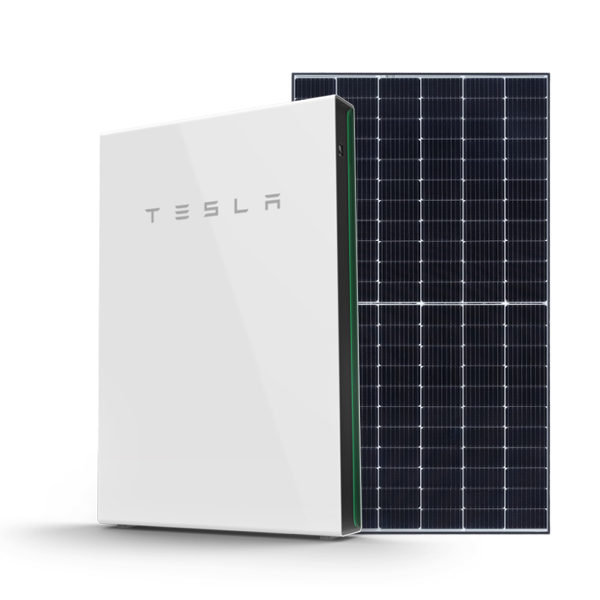
Ready to Charge Your EV at Home?
Get a Free Consultation for Albury-Wodonga Installations!
Why Choose Solar Integrity for EV charger installations?
Solar Integrity is a trusted local provider, known for high-quality installations individually tailored to our customer’s needs. Our in-depth knowledge of the Albury-Wodonga region, the weather and road conditions ensures you receive optimal solar and EV charging solutions, maximising energy capture to power both your home and electric vehicle. Plus, their reliable year after year after-sales support guarantees peace of mind for system maintenance, technical upgrades and expansions.
or call us on
FAQs
Can I charge my electric vehicle with solar panels?
Yes, you can charge your electric vehicle with solar panels by installing a solar PV (photovoltaic) system on your property. Solar panels generate electricity that can be used to charge your EV directly or stored in a home battery for later use.
The benefits of solar-powered EV charging
- Environmental stewardship – By switching to solar power for EV charging, you significantly reduce your reliance on conventional electricity sources, often derived from fossil fuels. This reduces greenhouse gas emissions and a smaller carbon footprint, contributing to a cleaner environment.
- Financially smart – While the initial investment in solar panels and a battery may hit your pocket, the long-term savings on electricity bills can outweigh the upfront costs. Government incentives, tax credits, or rebates in certain regions further enhance the financial attractiveness of solar power.
- Energy independence – Embracing solar-powered EV charging gives you a degree of energy independence. You generate your own electricity, reducing dependence on centralised power grids. This self-reliance is particularly appealing in areas prone to power outages or for individuals seeking a self-sufficient lifestyle.- known as energy freedom or energy independence.
Addressing the challenges
- Upfront investment – The cost of purchasing and installing solar panels can be a deterrent for some. However, viewing this as a long-term investment that pays off over time through reduced energy bills and potential incentives is crucial.
- Weather dependency – Solar power generation is, by nature, weather-dependent. Cloudy days or prolonged periods of rain can impact the efficiency of solar panels. To mitigate this, some systems incorporate energy storage solutions, such as batteries, to store excess energy for use during adverse weather conditions.
- Space requirements – Generating sufficient power often requires significant space for solar panels. This may challenge those with limited roof space or living in densely populated urban areas. However, advancements in solar technology are leading to more efficient and compact designs. You could also consider installing a solar carport, which can give you an additional 5-6 kW of PV system capacity.
Considerations for effective solar-powered EV charging
- Energy consumption analysis – Before investing in solar panels, thoroughly analyse your current energy consumption and charging requirements. This helps determine the solar array size needed to meet your EV charging needs.
- Optimal orientation and tilt – Proper orientation and tilt of solar panels maximise sunlight exposure. Roof orientation and angle adjustments can significantly impact energy production.
- Grid integration – Some solar-powered EV charging setups allow you to feed excess energy back into the grid, providing additional financial benefits through net metering or feed-in tariffs.
Future of sustainable transportation
As technology evolves and the demand for sustainable solutions intensifies, the integration of solar power with electric vehicles is poised for widespread adoption. Researchers and engineers are continuously working to improve the efficiency and affordability of solar panels, making them an increasingly viable option for all types of consumers.
Charging your electric vehicle with solar panels is the future. While there are challenges to consider, the long-term benefits in terms of cost savings, reduced environmental impact, and energy independence make solar-powered EV charging an attractive option for those who want to save big bucks and use less fossil fuels in their transport.
As the synergy between solar power and electric vehicles strengthens, the satisfying journey towards a more eco-friendly transportation is in our sights.
What is a solar inverter and how does it relate to EV charging?
A solar inverter is a device that converts DC electricity generated by solar panels into AC electricity for use in your home and to charge your EV. Some advanced inverters have features that allow for smart charging and energy management.
At the heart of solar energy systems lies a critical component known as the solar inverter. This device converts sunlight into usable electricity and plays a pivotal role in the synergy between solar power and electric vehicle (EV) chargers.
Understanding the solar inverter
What is a solar inverter?
A solar inverter is a sophisticated piece of technology designed to transform direct current (DC) electricity generated by solar panels into alternating current (AC) electricity, which is the standard form of electricity used in homes and businesses. Simply put, it acts as the bridge between the solar panels and the electrical appliances that power our daily lives.
Types of solar inverters
There are various solar inverters, each with unique characteristics and applications. Common types include string inverters, microinverters, and power optimisers. String inverters are the most traditional, connecting a string of solar panels to a single inverter. Microinverters, on the other hand, are attached to each solar panel individually, optimising energy production. Power optimisers work in tandem with string inverters, enhancing the system’s overall efficiency.
The Solar inverter’s crucial role in EV charging
As the world transitions toward electric vehicles, the intersection of solar power and EV charging becomes increasingly relevant. Solar inverters, with their ability to efficiently manage and convert solar energy, play a significant role in supporting the charging infrastructure for electric vehicles.
Solar-powered EV charging
One of the most direct applications of solar inverters in the realm of electric vehicles is solar-powered EV charging stations. By integrating solar panels with a solar inverter, businesses and individuals can harness the power of the sun to charge electric vehicles, reducing dependency on conventional grid electricity and decreasing the overall carbon footprint of transportation.
Energy storage integration
Solar inverters also facilitate the integration of energy storage solutions, such as batteries, which can store excess solar energy generated during the day for later use. This stored energy can then be utilised to power electric vehicle charging stations during periods of low solar generation or at night when the sun is not shining. This combination of solar power, inverters, and energy storage contributes to a more resilient and sustainable EV charging infrastructure.
Advantages and considerations
Advantages of solar-powered EV charging
- Renewable Energy Source: Solar-powered EV charging relies on a clean and renewable energy source, reducing greenhouse gas emissions associated with traditional electricity generation.
- Cost Savings: Over time, investing in solar panels and inverters for EV charging can lead to substantial cost savings by decreasing reliance on grid electricity.
- Grid Independence: Solar-powered EV charging provides a degree of grid independence, especially in remote areas or during power outages.
Considerations and challenges
- Intermittency: Solar power generation depends on sunlight, and EV charging needs may not always align with peak solar production periods. Energy storage solutions can address this issue to some extent.
- Initial Costs: The upfront costs of installing solar panels and inverters can be a barrier, although government incentives and decreasing solar technology costs make these systems more accessible.
The future of solar inverters and EV charging
As technology advances, the synergy between solar inverters and electric vehicle charging is expected to strengthen. Innovations in energy storage, smart grid technologies, and more efficient solar panels will contribute to a more seamless integration of solar power into the electric vehicle ecosystem.
In conclusion, the solar inverter is a linchpin in the connection between solar power and electric vehicle charging. Its ability to efficiently convert solar energy and manage its distribution makes it crucial in advancing sustainable transportation solutions. As the world embraces the dual challenge of transitioning to cleaner energy sources and electrifying transportation, the role of solar inverters in facilitating solar-powered EV charging is set to play a pivotal role in shaping a greener future.
Do I need a special EV charger to use solar power for charging?
Many environmentally conscious individuals consider using solar energy to charge their electric cars. This raises a common question: “Do I need a special EV charger to use solar power for charging?”
The synergy of solar power and electric vehicles
Solar and EV’s are a natural pairing, offering a sustainable and eco-friendly solution for powering our everyday transportation needs.
The idea is to generate electricity from solar panels installed on your property and use that energy to charge your electric vehicle.
This reduces your reliance on the grid and lowers your carbon footprint, contributing to a cleaner and more sustainable future.
Compatibility with standard EV chargers
The good news is that you don’t necessarily need a special EV charger to utilise solar power for charging.
Most electric vehicles come with a standard charging port that is compatible with regular Level 1 and Level 2 chargers. These chargers can be easily connected to your solar power system, allowing you to integrate solar energy into your EV charging routine seamlessly.
Level 1 chargers: Slow and steady
Level 1 chargers, which typically use a standard household outlet, are the most basic and convenient option for overnight charging. While they offer the slowest charging speeds, they are ideal for situations where you have ample time to charge your vehicle, such as overnight or during the day when your solar panels generate electricity.
They are ideally installed in the garage and are quite affordable. Solar integrity is fully equipped to assist with the installation of EV chargers.
Level 2 chargers: Faster charging for busy lifestyles
Level 2 chargers, which require a 240-volt power source, offer significantly faster charging speeds than Level 1 chargers.
They are commonly installed in homes and can be integrated with solar power systems. By installing a Level 2 charging station and connecting it to your solar panels, you can harness solar energy to charge your electric vehicle efficiently, ensuring you’re ready to hit the road whenever you need.
Considerations for efficient solar-powered charging
While a standard EV charger can be used with a solar power system, there are some considerations for maximising efficiency and ensuring you get the most out of your solar-powered EV charging setup:
Charging speed – If you want faster charging times, especially for longer daily commutes, a Level 2 charger is a more practical choice. It ensures you can make the most of the solar energy generated during daylight hours, allowing you to charge your electric vehicle quickly and efficiently.
Battery storage – Consider investing in a home energy storage system to optimise solar-powered EV charging. This allows you to store excess solar energy during the day and use it for charging your electric vehicle at night or during cloudy days, ensuring a consistent and reliable source of energy for your EV.
If you use the savings achieved by switching your petrol cost to electricity, and use the savings towards a battery, the solar and battery combo ROI can become quite attractive.
Solar panel capacity – Ensure that your solar panel system has sufficient capacity to meet both your household energy needs and the energy required for charging your electric vehicle. This may involve installing additional solar panels based on your consumption patterns and the size of your EV’s battery.
Benefits of solar-powered EV charging
There are numerous benefits to using solar power to charge your electric vehicle
Cost savings – By using solar power to charge your electric vehicle, you can significantly reduce your electricity bills and, in the long run, recover the initial investment in solar panels & batteries. This makes solar-powered EV charging a cost-effective and environmentally friendly choice.
Environmental impact –Solar-powered EV charging is a sustainable solution, reducing your reliance on non-renewable energy sources and lowering your carbon footprint. By charging your electric vehicle with solar energy, you are actively contributing to a cleaner and more sustainable future for our planet.
Energy independence – Generating your own electricity through solar panels provides a sense of energy independence, making you less dependent on the traditional grid. This can be particularly beneficial in areas with frequent power outages or for individuals who value the security of having a reliable energy source.
A sustainable choice for the future
In conclusion, you don’t necessarily need a special EV charger to use solar power for charging your electric vehicle. Standard Level 1 and Level 2 chargers can seamlessly integrate with solar power systems, offering a sustainable, eco-friendly solution for powering your EV.
You may choose to install a smart charger that can be integrated with your solar system to optimise charging during sunny periods or when excess solar energy is generated.
By considering factors such as charging speed, battery storage, and solar panel capacity, you can optimise your solar-powered EV charging experience, contributing to a greener and more sustainable future. Embrace the sun’s power and transform your EV charging into a responsible and environmentally conscious choice
Can I charge my EV at night or on cloudy days with a solar setup?
Yes, you can charge your EV at night or on cloudy days using electricity from the grid or by using energy stored in a home battery system. A home battery allows you to store excess solar energy during the day for use at any time.
As the popularity of EVs continues to surge, questions about their environmental impact and energy sources become increasingly important. One common query revolves around the practicality of charging an electric vehicle using solar power, especially during nighttime or overcast days.
The basics of solar power
Solar power harnesses energy from the sun using photovoltaic (PV) cells, converting sunlight into electricity. Traditional solar panels consist of an assembly of silicon cells, often with a bluish tint. However, a growing trend in solar technology is the use of all-black solar panels, which are not only aesthetically pleasing but also thought to be more efficient.
The challenge of nighttime charging
The straightforward answer to whether you can charge your electric vehicle with a solar setup at night is generally “no.” Solar panels rely on sunlight to generate electricity, and when the sun goes down, the energy production stops. This limitation has been a stumbling block for those who wish to rely solely on solar power for their EV charging needs.
Storing solar power for nighttime use
To overcome the challenge of nighttime charging, solar power enthusiasts often turn to energy storage solutions, such as batteries. During the day, when the sun is shining, excess energy generated by the solar panels can be stored in batteries. This stored energy can then be tapped into during the night or when sunlight is insufficient, allowing for a continuous power supply to your EV.
The role of cloudy days
Cloudy or overcast days pose another challenge for solar power systems. While solar panels can still generate electricity in diffuse light conditions, the output is significantly reduced compared to bright, sunny days. This reduction in efficiency can affect the charging capacity of your EV.
Maximising solar efficiency
Several strategies can be employed to maximise your solar setup. Firstly, investing in high-efficiency solar panels, whether traditional or all-black, can enhance energy production. Optimising the positioning and angling of solar panels to capture maximum sunlight can improve performance.
Hybrid solutions
For those who want to maintain an eco-friendly approach but recognise the limitations of solar power alone, hybrid solutions may be the answer. Combining solar power with other renewable energy sources or grid electricity ensures a consistent power supply, even during periods of low sunlight.
While charging your electric vehicle exclusively with solar power at night or on cloudy days presents challenges, technological advancements and innovative solutions continuously expand the possibilities. Energy storage systems and hybrid approaches provide avenues for individuals to minimise their carbon footprint while enjoying the benefits of electric transportation.
In conclusion, the feasibility of charging your EV with a solar setup during less-than-ideal conditions depends on factors such as energy storage, panel efficiency, and overall system design. As technology progresses, we can expect more innovations that make solar-powered electric vehicle charging an increasingly viable and sustainable option for eco-conscious drivers
What is a home battery and how does it work with an EV charger?
A home battery, like the Tesla Powerwall or LG Chem RESU, stores excess solar energy or grid electricity. It can be used to charge your EV when the sun is not shining or during peak electricity rate periods to save money.
Home batteries have emerged as a key player, transforming how we harness and utilise power. Paired with electric vehicle (EV) chargers, this dynamic duo is redefining the concept of energy independence. Let’s delve into what a home battery is and explore how it seamlessly collaborates with EV chargers to shape a greener, more efficient energy future.
Understanding home batteries
A home battery, often referred to as a solar battery or energy storage system, is a device that stores excess energy generated by solar panels or other renewable sources. Essentially, it acts as a reservoir for surplus electricity, capturing it during periods of high production and releasing it when demand is greater or the primary power source is unavailable. This enhances energy efficiency and ensures a consistent power supply, mitigating the impact of intermittent renewable sources.
Home batteries are designed to integrate seamlessly into residential energy systems. They come in various sizes and capacities, allowing homeowners to tailor their energy storage solutions based on individual needs and consumption patterns. Lithium-ion batteries, known for their efficiency and longevity, are commonly used in these systems.
The symbiosis with EV chargers
Now, let’s explore how home batteries synergise with EV chargers. As electric vehicles gain popularity, the demand for efficient charging solutions is rising. Homeowners with solar panels and electric vehicles can benefit immensely from integrating a home battery.
- Optimizing solar energy: Home batteries work hand in hand with solar panels, capturing excess energy generated during sunny periods. When the sun sets or on cloudy days, the stored energy can be utilised to power both the home and the EV charging station. This optimises using renewable energy, reducing reliance on the grid and lowering overall electricity costs.
- Load shifting and peak demand management: A home battery allows for intelligent load shifting, where energy-intensive tasks, such as charging an electric vehicle, can be scheduled during periods of low electricity demand or when solar production is at its peak. This helps manage peak demand effectively, minimising the strain on the grid during high-use periods.
- Backup power during outages: Home batteries provide a reliable backup power source during grid outages. In the event of a power failure, the stored energy can keep essential appliances running and ensure that your electric vehicle remains charged, providing a sense of security and continuity.
- Reducing grid reliance: The combination of a home battery and an EV charger contributes to reduced dependence on the grid. Homeowners can draw from their stored energy, particularly during high grid demand, helping stabilise the local energy infrastructure and contribute to a more resilient and sustainable power ecosystem.
The future of sustainable living
In conclusion, integrating home batteries with EV chargers marks a significant stride towards sustainable and independent energy solutions. This power duo empowers homeowners to optimise their energy consumption, reduce their carbon footprint, and contribute to a more resilient and decentralised energy grid.
As technology advances, we can anticipate further innovations in home energy management, creating a future where every home becomes a hub of clean, efficient, and self-sufficient power. Embracing the synergy between home batteries and EV chargers is not just a technological upgrade; it’s a step towards a greener, more sustainable tomorrow.
How can I monitor and track the energy used for EV charging from my solar system?
Many home energy management systems and EV charging solutions offer monitoring and tracking features. These can help you understand the cost and environmental impact of your EV charging and manage your usage efficiently.
The actual technology involved in monitoring and tracking energy use for EV charging from a solar system is multifaceted and involves several components working together.
Component 1 – The solar photovoltaic (PV) panels
Solar PV panels create DC electricity. This electricity is then either used immediately, stored in a battery system for later use, or fed back into the grid.
Component 2 – The inverter
An inverter is critical in a solar system as it converts the direct current (DC) electricity generated by solar panels into alternating current (AC), which is what usually your home and many electric vehicle chargers use.
Component 3 – Smart EV chargers
Smart EV chargers can communicate with your home energy management system. They can be programmed to charge your vehicle when your solar production is at its peak or when you have excess electricity.
Some sophisticated chargers can even throttle the charging speed based on the amount of available solar energy.
Component 4 – Energy management system
An energy management system is the central control that connects to the solar inverter, smart EV charger, and possibly a home battery.
This system gathers data on energy production and usage and allows for the intelligent distribution of solar energy, giving priority to different tasks like home energy consumption, heating hot water, battery charging, or EV charging.
Component 5 – Monitoring software/apps
Apps like mySolarEdge, Schneider Home, or Engage by Efergy display the information gathered by the energy management system in a user-friendly format on your smartphone or computer.
This software provides real-time data visualization, historical usage patterns, and may offer features like setting energy goals or scheduling to optimise for time-of-use electricity rates.
Component 6 – The Internet of Things (IoT)
These systems often use IoT technology to connect various components (like inverters, smart meters, and chargers) to the internet. This allows them to send and receive data, which can be used to make real-time decisions about energy usage.
How It all works together
When the sun is shining, solar panels generate DC electricity. The inverter converts this to AC, which can then be used by household appliances or to charge your EV. If your EV is plugged in during the day, a smart EV charger can decide to use solar energy directly for charging, maximising the use of renewable energy and minimising your electricity bill.
The energy management system monitors all this activity, ensuring that your energy consumption is as efficient as possible, while the associated app gives you insights and control over your energy usage.
Real-life applications
Imagine it’s a sunny day and your solar panels are producing more electricity than your house is using. Your smart energy management system detects this and directs the excess energy to your EV charger, which starts charging your car.
You receive a notification on your smartphone app showing the current charging status and the amount of solar energy being used. You can then make informed decisions, like adjusting your home’s energy consumption or scheduling your dishwasher to run on solar power, all from the app.
This integration of hardware and software maximizes the use of solar energy, provides flexibility, and promotes energy independence.
